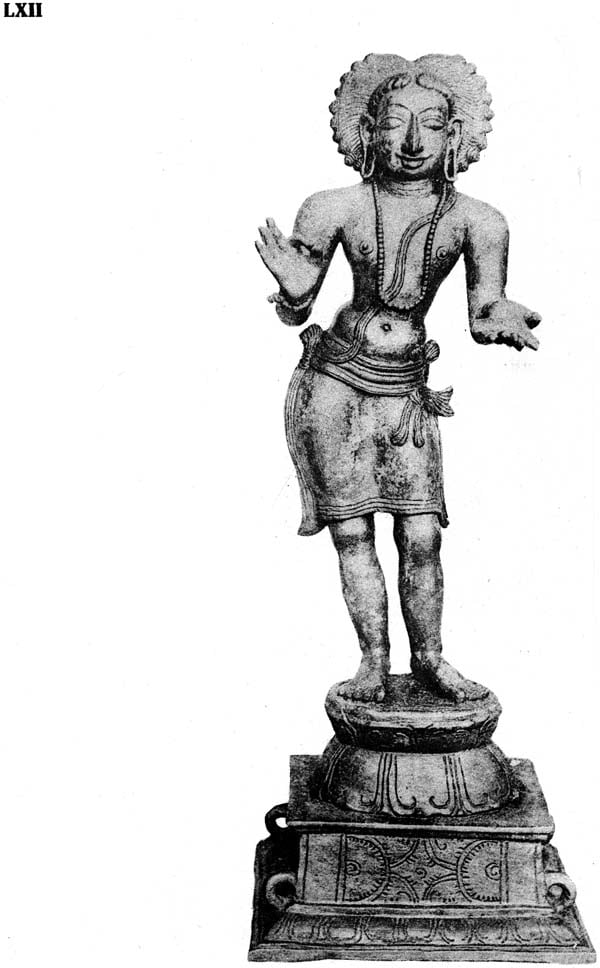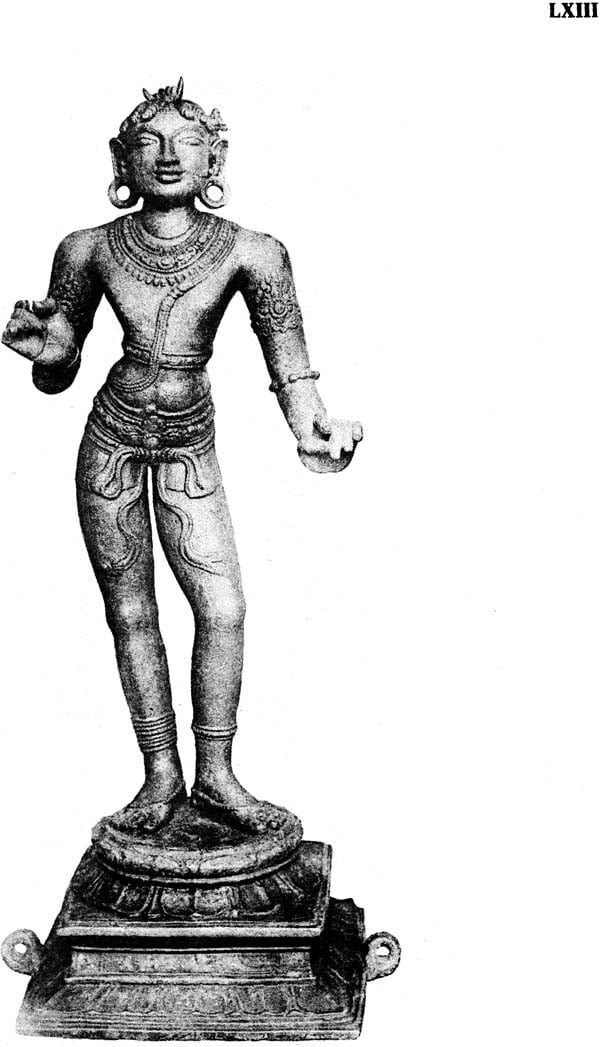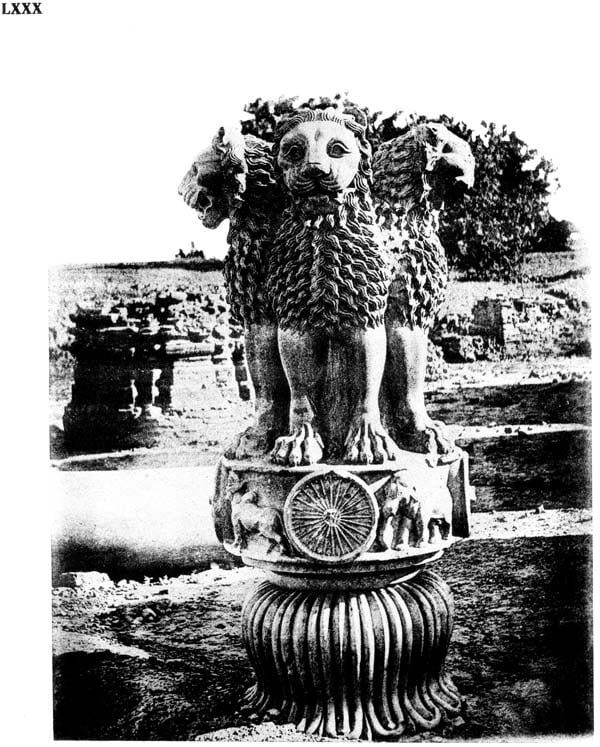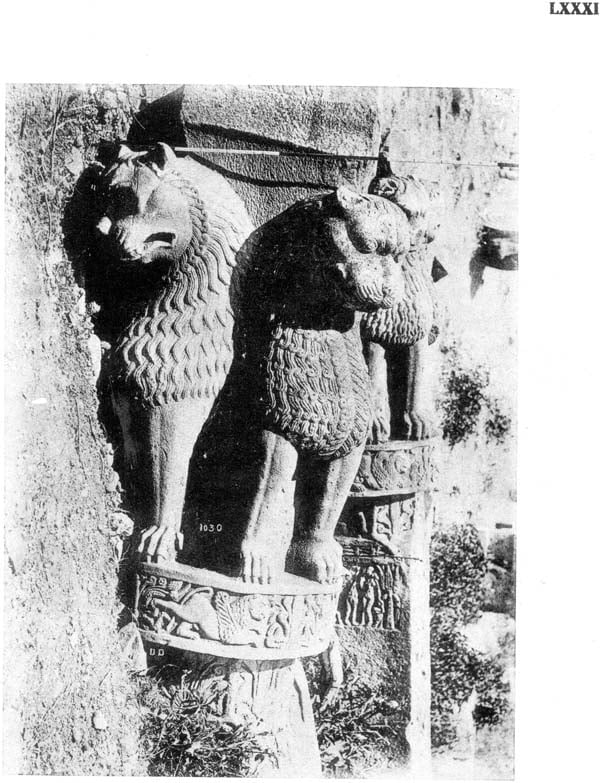
Visvakarma (Examples of Indian Architecture, Sculpture, Painting, Handicraft)
Book Specification
| Item Code: | IDD901 |
| Author: | Ananda K. Coomaraswamy |
| Publisher: | Munshiram Manoharlal Publishers Pvt. Ltd. |
| Language: | English |
| Edition: | 1978 |
| Pages: | 134 (B & W Illus: 108) |
| Cover: | Hardcover |
| Other Details | 11.4" X 8.8" |
| Weight | 590 gm |
Book Description

About the Book:
Ananda K. Coomaraswamy has offered in this volume of Visvakarma one hundred illustrations of Indian sculpture, chosen without any predilection for creed, locus or time. They are placed in four sections entitled Buddhas and Bodhisattvas, Brahmanical Divinities, Men, Women and Nagas and Animals including Avatars. Each section has twenty-five plates.
In the domain of Art, India was to the orient, what Greece was to the occident; it was the fountain-head of inspiration. The art of India was not confined to the skilled creation of objects that had form and beauty; that were of deep religious significance; that were to serve as instruments of propaganda for the pomp, pelf and power of some ruler; that were the products of unique mind obsessed by creative imagination; that mirrored the mode of dress, decoration, images and events of a particular moment in the broad span of time. It was something more. It was a conscious and deliberate attempt to portray the belief cherished by a broad spectrum of humanity that the material world is Maya, illusion; that the human soul is identical with Brahman-Tattvam Asi (Thou art that). It is the reason why the Indian artists ignored realistic representation of anatomy and proportion. They were bound by injunctions of code, custom and tradition. But this did not stifle their efforts in any way; for they were at full liberty with regard to the spiritual quality of their work. It is this bondage with restricted freedom that allowed them to give "a sublimity, a monumental calm in which eternity itself echoed." For instance, the dancing figure of Siva (plates XXX and XXXI) shows his great dance of destruction and re-creation of the universe. He is seen performing different actions simultaneously. With the flame, he destroys the cosmos; with the tiny drum, he taps the rhythm of creation into existence; with the uplifted hand, he stills all the dark forces; with the other hand which points to his toes, he offers refuge to all; with the right foot, he tramples the screaming dwarf who symbolizes this world; he has raised his left foot in the nadanta dance. All around and about him is the swirl of ceaseless turmoil and turbulence; his arms swing; his hairs are flying and in disarray; one of his ear-rings has vanished into the voids of space; yet his face is tranquil - a tranquility beyond description. It is the discipline of artistic technique that enabled the artist to depict the rhythm, tension and the discipline of the spirit.
About the Author:
Ananda Kentish Coomaraswamy, the greatest among the Indian Art-historians, was born in Colombo on August 22, 1877. After graduating from the University of London, he became the Director of the Mineralogical Survey of Ceylon. Between 1906 and 1917, when he joined as the Curator of Indian Art in the Boston Museum he was busy lecturing on Indian art and formed societies for the study of Indian Art. In 1938, he became the Chairman of National Committee for India's Freedom. His contributions of Indian philosophy, religion, art and iconography, painting and literature are of the greatest importance as were his contributions on music, science and Islamic art. He died on September 9, 1947.









